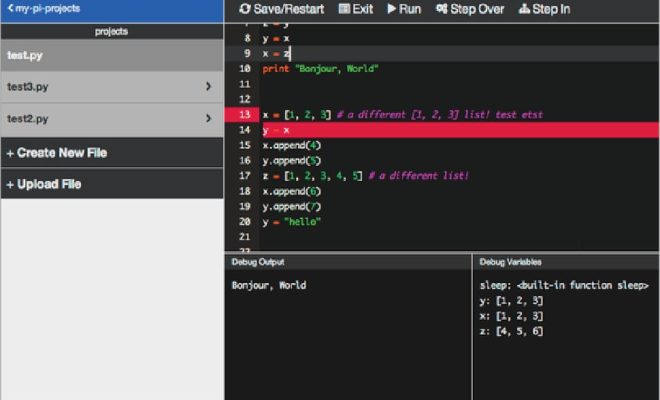What Is Bitstream and How Does It Work?

Bitstream is a term commonly used in digital audio and video to describe the process of encoding data in a way that it can be read by a particular player or device. In essence, bitstream is the digital representation of audio or video data, which is sent in a continuous stream of binary code from one device to another. This article will explain how bitstream works and its application in modern audio and video technology.
The term bitstream originated from the words “binary” and “stream” which refers to binary digits or bits, a sequence of zeros and ones that represent audio or video information. When digital audio or video content is created, the information is typically compressed to save on storage space or transmission bandwidth. This compressed information is then sent as bitstream data to be decoded by the player or device.
In the case of audio bitstream, digital audio data is compressed into a digital audio format such as MP3, AAC, or Dolby Digital. The compressed audio data is then sent as a bitstream to the audio decoder in a device, for instance, an AV receiver, which then decodes and sends the audio to the speakers. On the other hand, in the case of video bitstream, digital video data may be compressed into such formats as H.264, MPEG-2 or VC1, which might be sent to a Television or a Digital Projector. The decoder in the target device takes the compressed digital information and decodes it to a watchable format.
There are two main types of bitstream encoding: lossy and lossless. Lossy encoding reduces the bitstream size by removing redundant information that is unlikely to be perceived by the receiving device. Even though there is a slight loss in the quality of the original content, it is, however, barely noticeable to the human ear or eye, but it saves on storage space or transmission bandwidth. Lossless encoding, on the other hand, compresses data while still retaining all data input, resulting in a bitstream that is identical to the original input.
Another application of bitstream technology is the use of Audio Return Channel (ARC), which is available in some television sets and audio systems. ARC eliminates the need for extra cables to stream audio between a television and an audio system by using one HDMI cable. It lets the television send audio to the connected audio system via the HDMI port, and the audio system decodes the audio to play through the speakers.
In conclusion, bitstream technology has revolutionized the way digital audio and video are stored, transmitted, and played. The compression of digital information into a stream of binary code allows for efficient use of storage space and transmission bandwidth without compromising quality. When you watch your favourite movie or listen to your favourite music, you can now appreciate the role of bitstream technology in the delivery of high-quality digital audio and video.






